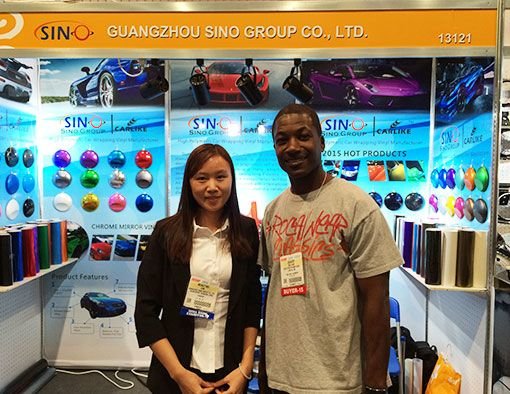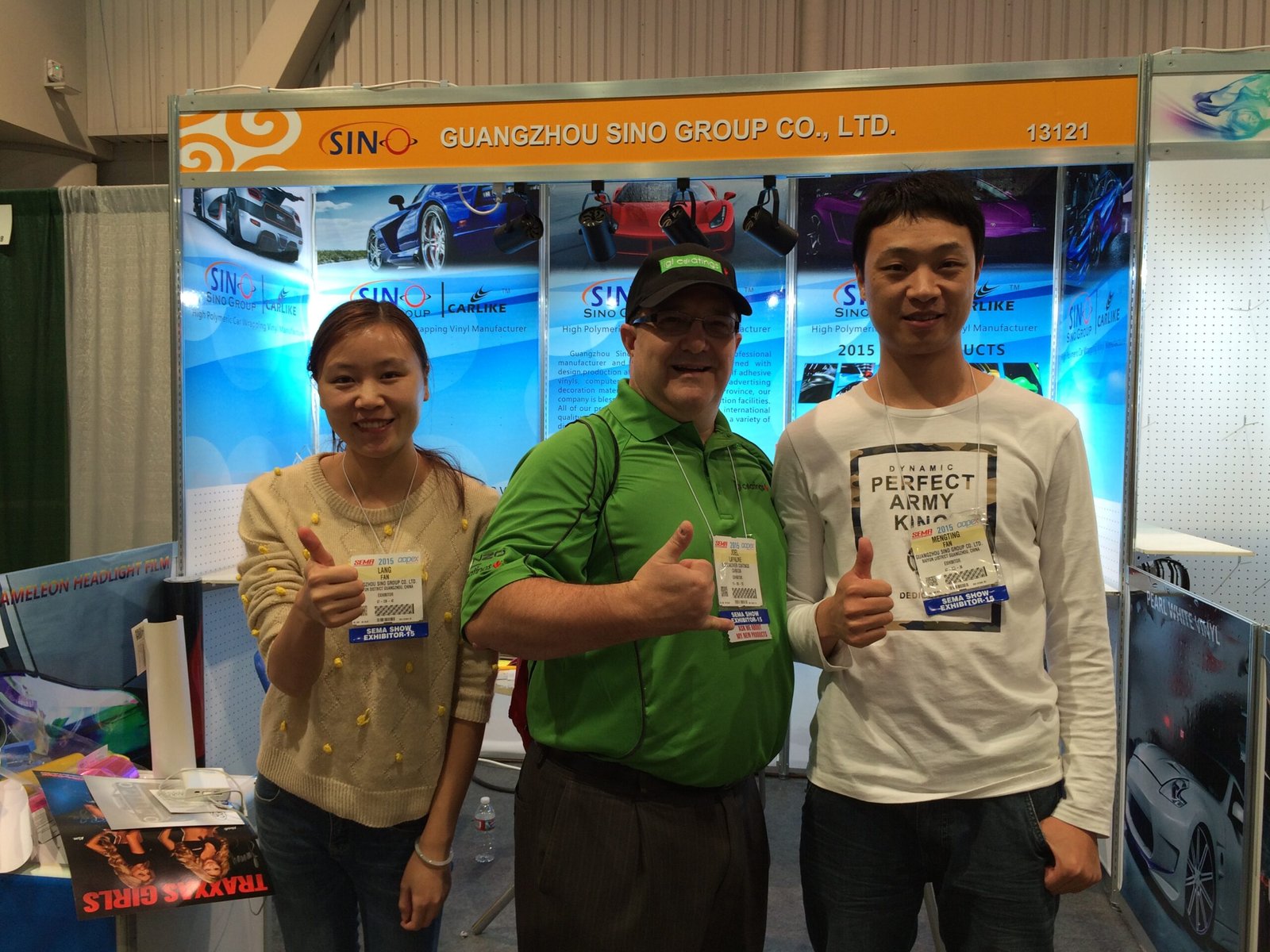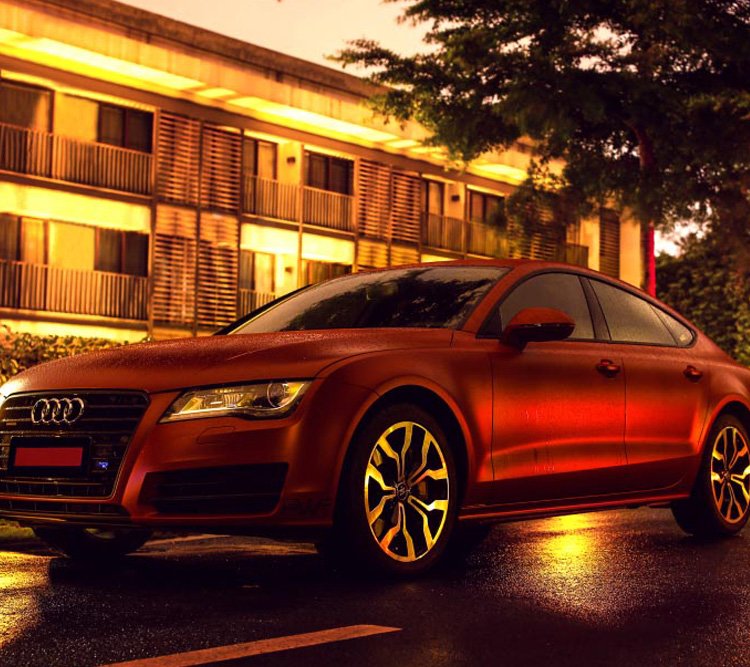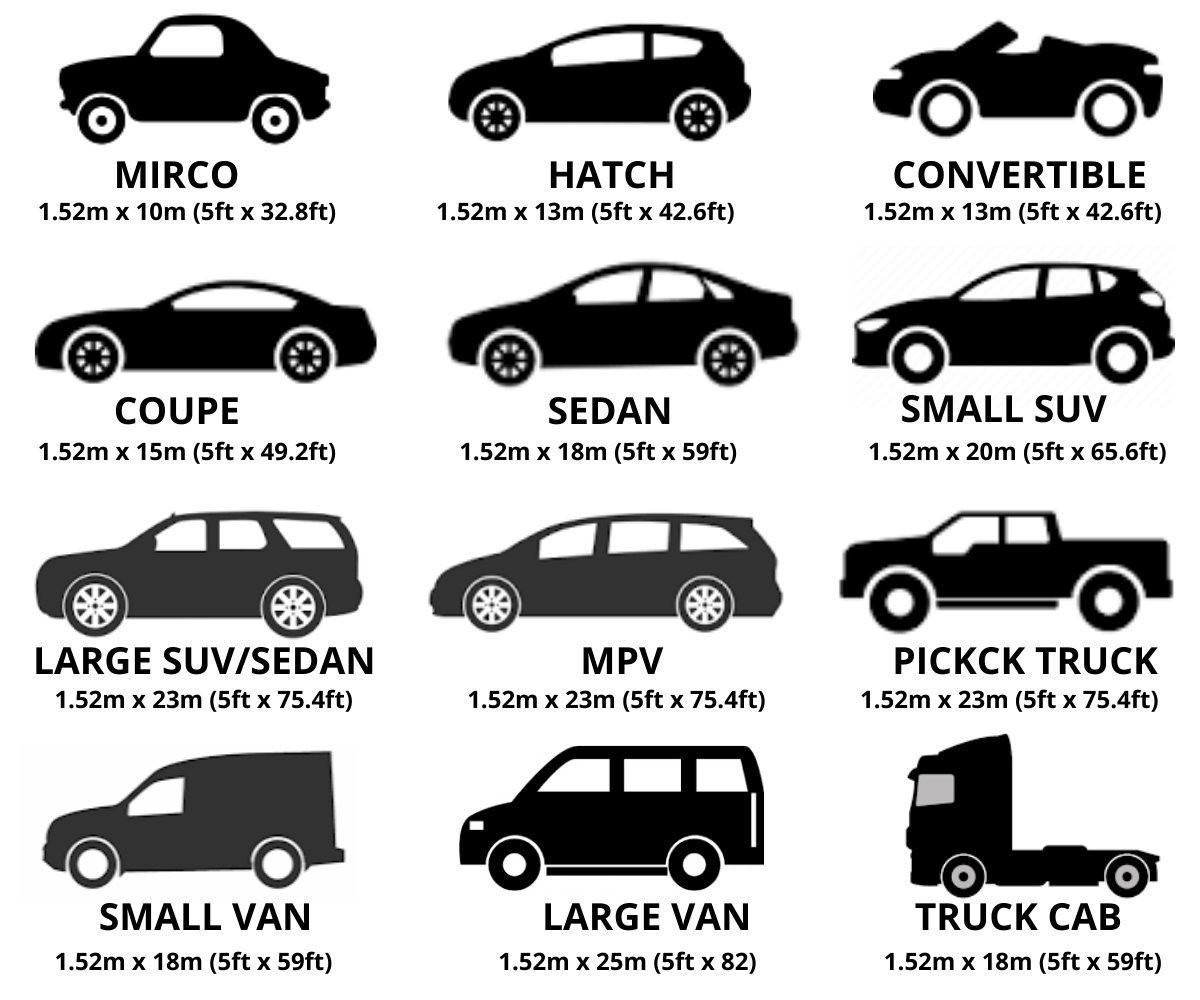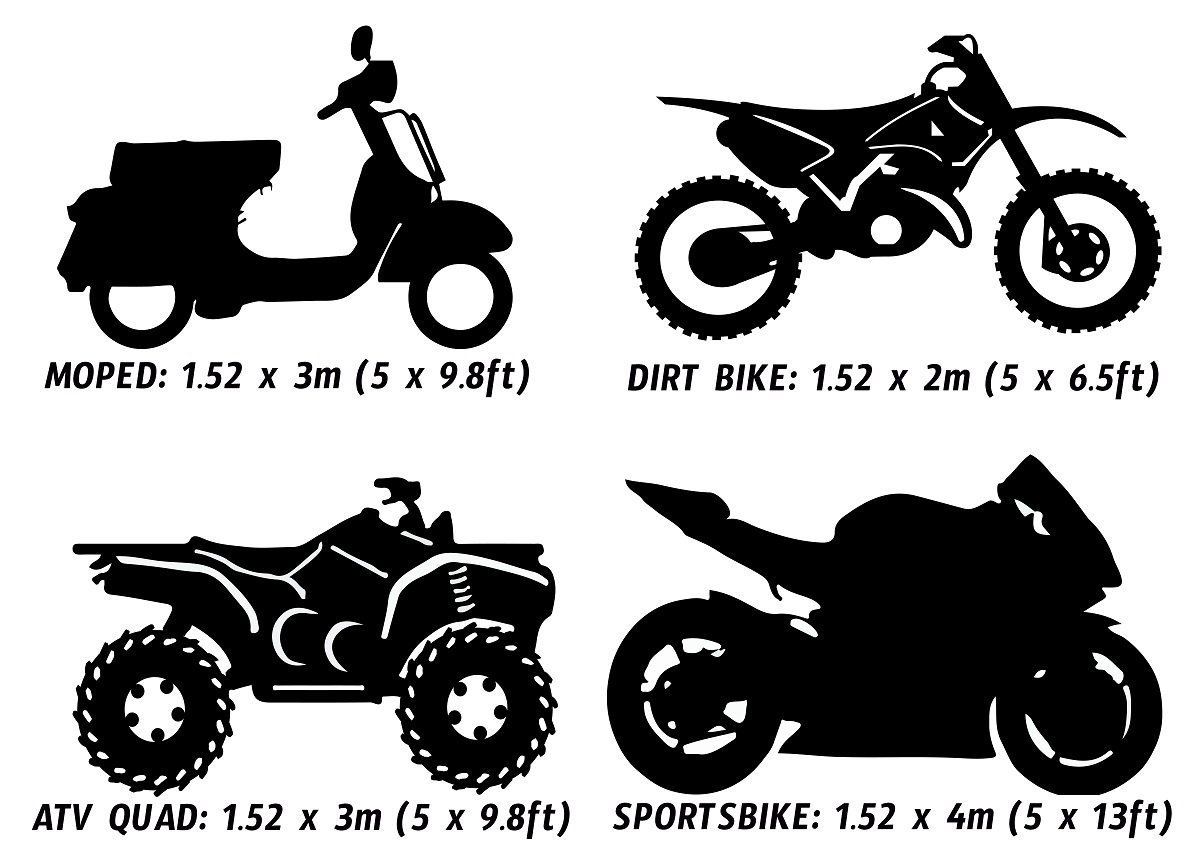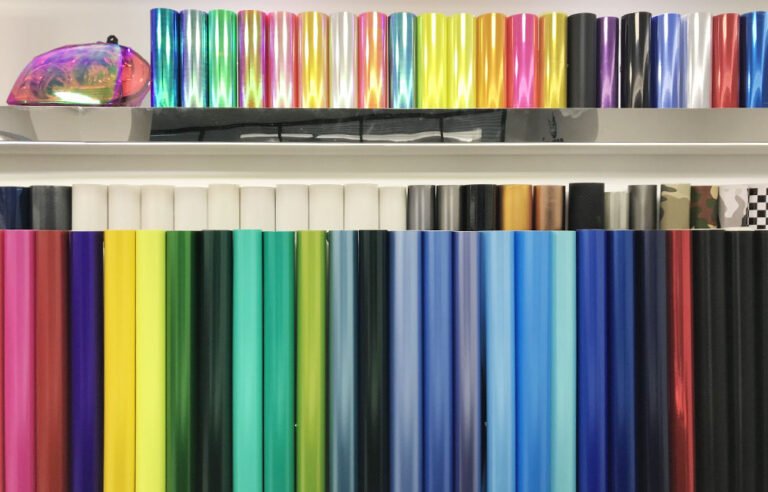Exploring Different Types of Car Decoration Film Vinyl
There are various types of car decoration film vinyl available, each catering to different preferences and needs. Here are some common types:
1. Glossy Vinyl
This type of vinyl provides a smooth and shiny finish, giving your car a sleek and polished appearance.
2. Matte Vinyl
Matte vinyl offers a non-reflective and flat finish, creating a sophisticated and understated look for your vehicle.
3. Satin Vinyl
Satin vinyl falls between glossy and matte, offering a semi-gloss finish that adds a touch of elegance to your car.
4. Carbon Fiber Vinyl
This type of vinyl mimics the appearance of real carbon fiber, adding a sporty and high-tech look to your car’s exterior.
5. Chrome Vinyl
Chrome vinyl creates a mirror-like, reflective surface, making your car stand out with its eye-catching shine.
6. Metallic Vinyl
Metallic vinyl contains small metallic flakes that create a sparkling effect, giving your car a unique and vibrant appearance.
7. Color-Shifting Vinyl
Also known as iridescent or chameleon vinyl, this type changes color depending on the angle of light, creating a mesmerizing effect.
8. Brushed Metal Vinyl
This vinyl imitates the look of brushed metal, providing an industrial and modern touch to your car’s design.
9. Textured Vinyl
Textured vinyl offers a tactile experience with various surface patterns, such as carbon fiber weave, brushed aluminum, or leather texture.
10. Camouflage Vinyl
Camo vinyl wraps give your car a rugged and adventurous look, perfect for off-road enthusiasts.
11. Printed Vinyl
Printed vinyl allows you to customize your car with unique designs, patterns, or images that express your personality.
12. Reflective Vinyl
This type of vinyl contains glass beads that reflect light, making your car highly visible at night and adding a safety element to the decoration.
13. Pinstriping Vinyl
Pinstriping vinyl is a thin strip of vinyl used for adding decorative lines or stripes to your car’s exterior.
14. Paint Protection Film (PPF)
While not solely for decoration, PPF is a clear vinyl film that protects your car’s paint from scratches, stone chips, and other minor damages, preserving its appearance.
15. Specialty Vinyl Finishes
There are various other specialty vinyl finishes, such as holographic, pearl, or even glow-in-the-dark vinyl, which add a fun and unique element to your car’s appearance.
When choosing the right type of car decoration film vinyl, consider your personal style preferences, the look you want to achieve, and the overall purpose of the vinyl wrap, whether it’s for protection, aesthetics, or both. 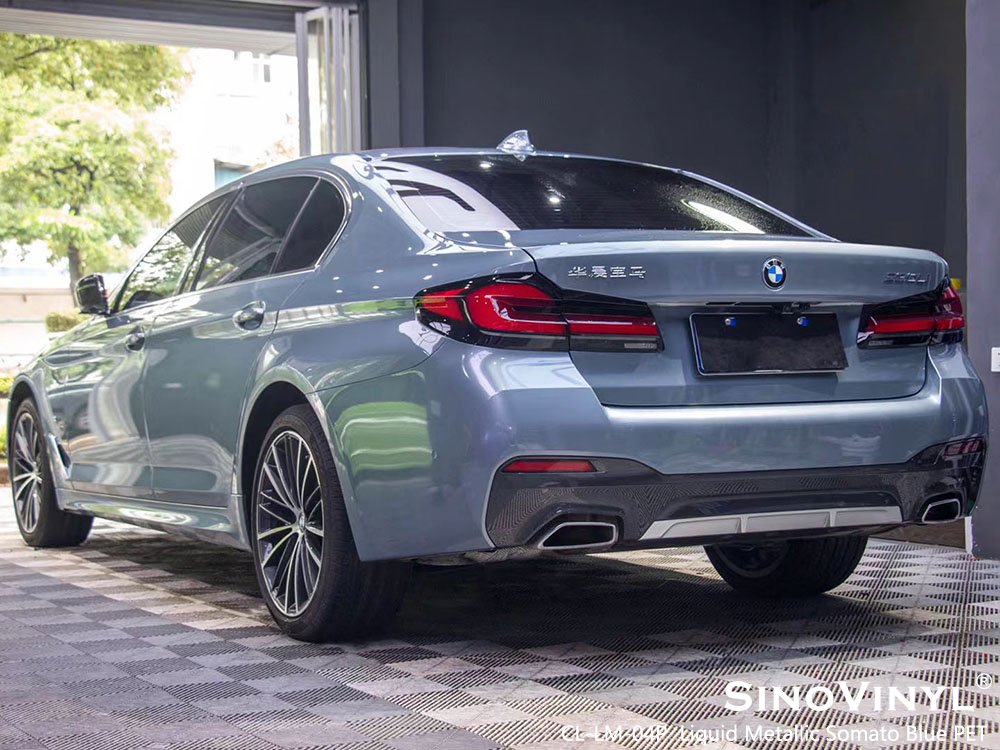

Step-by-Step Guide: Applying Car Decoration Film Vinyl to Your Vehicle
Applying car decoration film vinyl to your vehicle can be a fun and rewarding DIY project. Here’s a step-by-step guide to help you through the process:
Step 1: Gather Your Supplies
Before you start, ensure you have all the necessary tools and materials:
– Car decoration film vinyl of your choice
– Squeegee or vinyl applicator tool
– Heat gun or hairdryer
– Isopropyl alcohol or vinyl cleaning solution
– Microfiber towels
– Razor blade or vinyl cutter
– Masking tape
Step 2: Clean Your Car
Thoroughly clean the surface of your car where you’ll be applying the vinyl. Use isopropyl alcohol or a vinyl cleaning solution to remove any dirt, dust, or grease. A clean surface will ensure better adhesion.
Step 3: Measure and Cut the Vinyl
Measure the areas of your car that you want to wrap with the car decoration film vinyl. Add a few inches of extra material on each side to allow for trimming. Use a razor blade or vinyl cutter to cut the vinyl to the required size and shape.
Step 4: Prepare the Vinyl for Application
Peel back a small portion of the vinyl backing and align the exposed edge with the desired position on your car. Use masking tape to hold it in place temporarily. Make sure it’s straight and centered before proceeding.
Step 5: Apply the Vinyl
Slowly peel back the vinyl backing while using a squeegee to smooth the vinyl onto the car surface. Work in small sections, pressing out any air bubbles as you go. Start from the center and move towards the edges.
Step 6: Use Heat for Stretching and Molding
If you have curved or contoured surfaces, use a heat gun or hairdryer to warm the vinyl slightly. This will make it more pliable and easier to mold around the curves. Be careful not to overheat the vinyl, as it can cause damage.
Step 7: Trim Excess Vinyl
Once the vinyl is applied to the entire surface, use a razor blade or vinyl cutter to trim away the excess material carefully. Take your time with this step to ensure clean and precise cuts.
Step 8: Final Squeegee and Heat
Go over the entire vinyl-wrapped surface with the squeegee again to ensure a secure bond and remove any remaining air bubbles. If you encounter stubborn bubbles, use the heat gun or hairdryer to soften the vinyl and press them out.
Step 9: Let it Set
Allow the car decoration film vinyl to set and adhere properly. Avoid washing or exposing the car to extreme conditions for at least 24 hours to ensure the best results.
That’s it! Following this step-by-step guide will help you successfully apply car decoration film vinyl to your vehicle and showcase your passion for car customization. Remember to take your time, be patient, and enjoy the process!
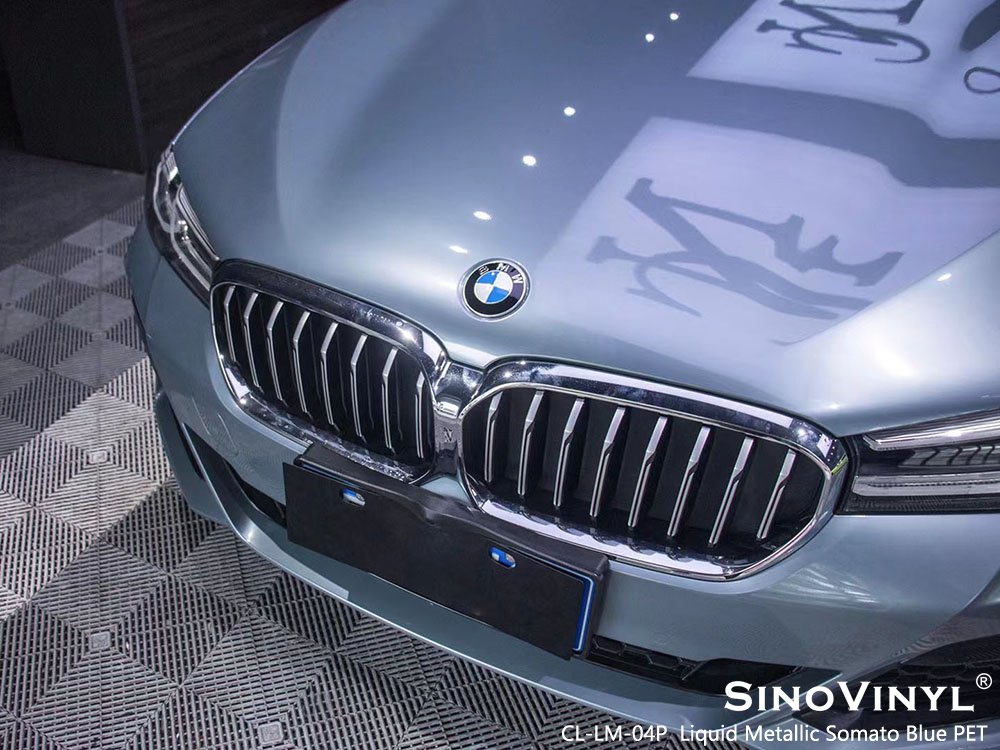
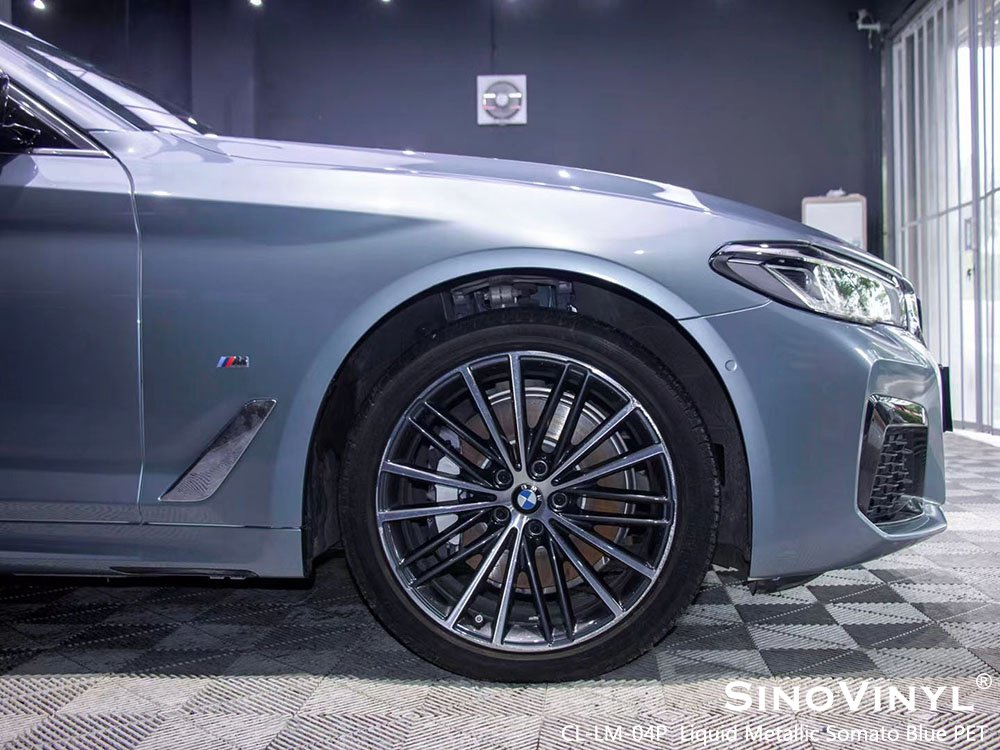
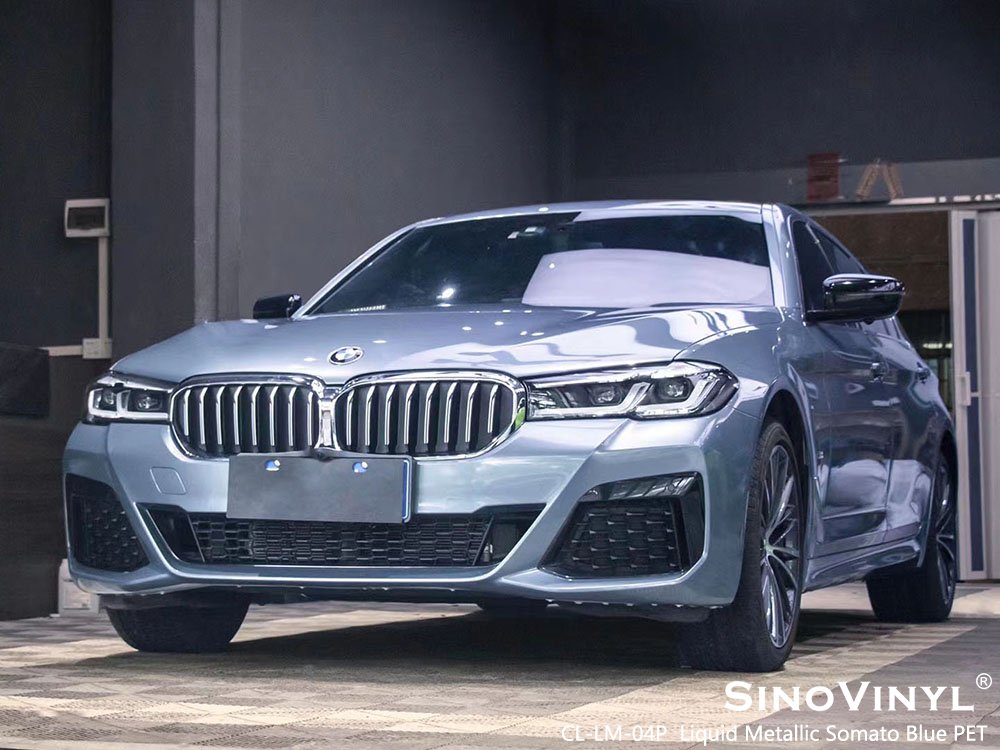
Pros and Cons of Using Car Decoration Film Vinyl for Vehicle Customization
Pros of Using Car Decoration Film Vinyl for Vehicle Customization:
1. Cost-Effective
Car decoration film vinyl is generally more affordable than a professional paint job, making it an attractive option for those on a budget.
2. Versatility in Design
Vinyl wraps come in a wide variety of colors, patterns, and finishes, allowing for endless customization possibilities to match individual tastes.
3. Protection for the Original Paint
Vinyl wraps act as a protective layer, shielding the original paint from minor scratches, UV rays, and other environmental damage.
4. Removability and Reversibility
Unlike traditional paint, vinyl wraps can be easily removed without damaging the car’s paint, giving you the freedom to change the design whenever desired or to restore the car to its original appearance for resale.
5. Quick Installation
Vinyl wrapping can be done relatively quickly, reducing the time your car is in the shop compared to a full paint job.
6. Promotional and Branding Opportunities
For businesses, vinyl wraps provide an excellent way to promote brands and products through eye-catching vehicle graphics.
Cons of Using Car Decoration Film Vinyl for Vehicle Customization:
1. Limited Lifespan
Car decoration film vinyl has a finite lifespan, typically ranging from 3 to 10 years depending on the quality of the material and environmental factors. Over time, it may fade, crack, or peel.
2. Quality Variation
The quality of vinyl wraps can vary significantly based on the brand and type chosen. Lower-quality vinyl may not adhere as well or have a shorter lifespan.
3. Prone to Damage
While vinyl wraps offer some protection, they are not as durable as automotive paint. They can be more susceptible to damage from sharp objects, abrasive cleaning, and harsh weather conditions.
4. Professional Installation Required
Achieving a smooth and bubble-free vinyl wrap requires skill and experience, so professional installation is recommended. DIY installations may lead to imperfections.
5. Surface Preparation
Proper surface preparation is crucial for a successful vinyl wrap. Any dirt, wax, or imperfections on the car’s surface can impact the adhesion and longevity of the vinyl.
6. Resale Value Impact
While vinyl wraps can protect the car’s paint, some potential buyers may prefer the original factory finish. This could affect the resale value for certain buyers.
Overall, car decoration film vinyl can be a fantastic option for vehicle customization, offering a cost-effective and versatile way to express individuality and protect the car’s exterior. However, it’s essential to consider the potential drawbacks and choose high-quality materials and professional installation for the best results.
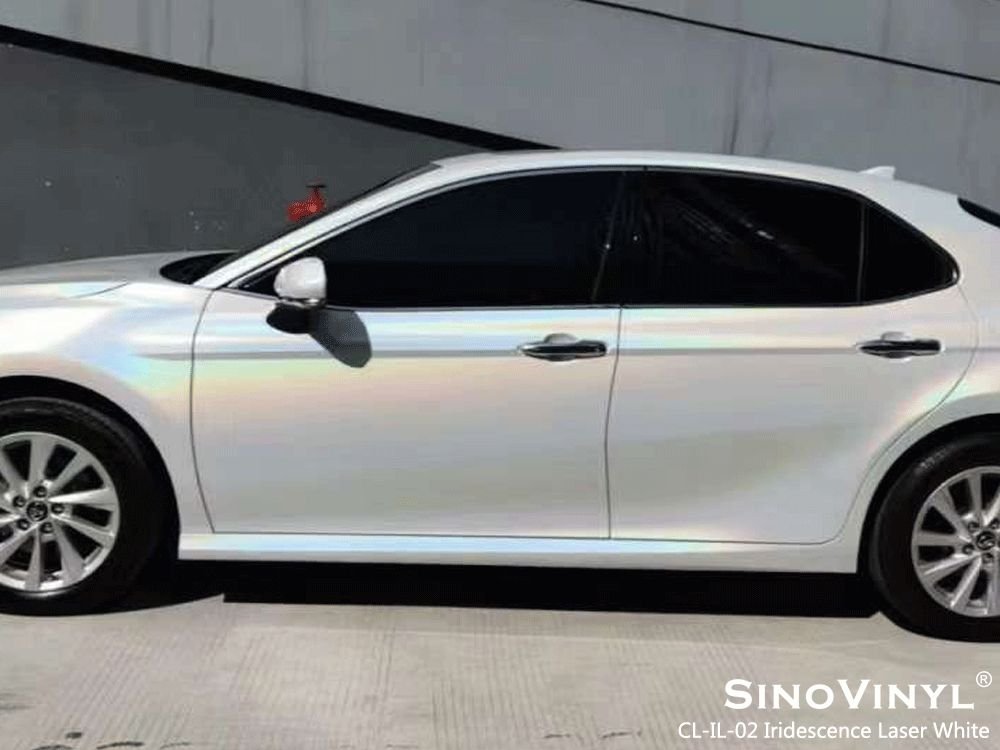
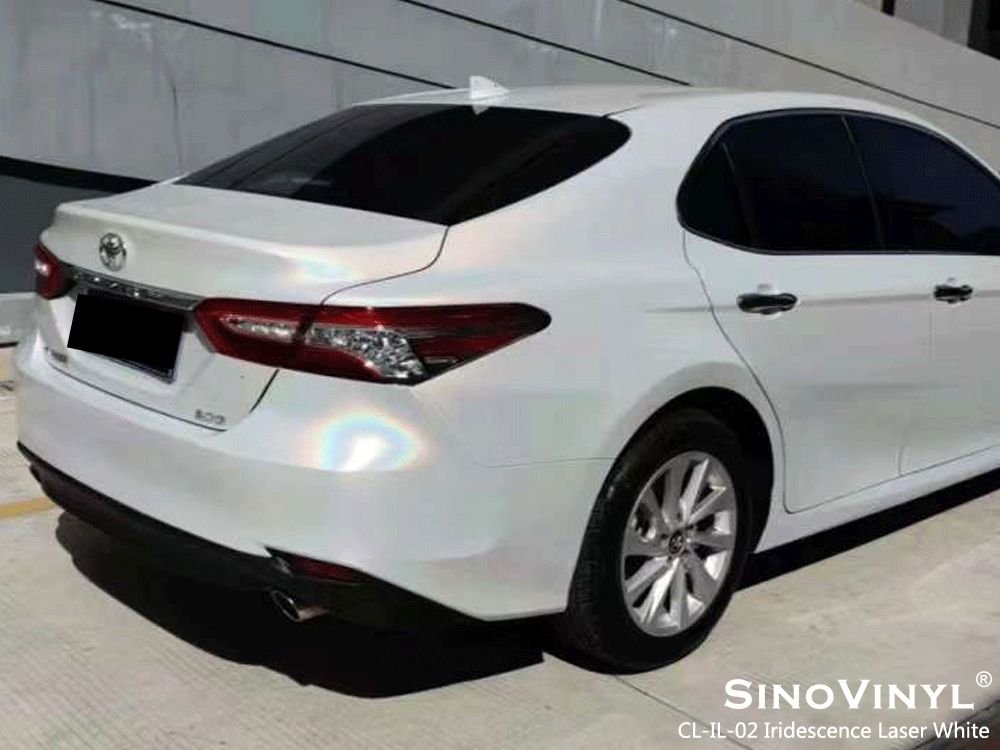
Common Mistakes to Avoid When Applying Car Decoration Film Vinyl
When applying car decoration film vinyl, there are several common mistakes that you should avoid to ensure a smooth and professional-looking installation:
1. Skipping Surface Preparation
Failing to clean the car’s surface thoroughly before applying the vinyl can lead to adhesion issues and air bubbles.
2. Rushing the Process
Take your time during the installation. Rushing can result in misalignment, creases, and uneven application.
3. Ignoring Weather Conditions
Avoid applying vinyl in extreme temperatures (too hot or too cold) or on windy days, as it can impact the adhesion and cause difficulties during installation.
4. Stretching the Vinyl Too Much
Overstretching the vinyl can lead to distortion and cause it to shrink back later, resulting in an uneven appearance.
5. Using Incorrect Tools
Ensure you have the right tools for the job, such as squeegees, heat guns, and knifeless tape. Using makeshift tools can damage the vinyl or the car’s surface.
6. Not Using a Proper Cutting Technique
Cutting the vinyl on the car’s surface without using proper tools or techniques can lead to accidental scratches or cuts on the vehicle.
7. Trapping Air Bubbles
Make sure to remove air bubbles as you apply the vinyl. Trapped bubbles can cause the vinyl to peel over time.
8. Neglecting to Use Heat
Using a heat gun or torch is essential for contouring the vinyl around curves and edges, ensuring a seamless finish.
9. Overlooking Seam Placement
Plan the seam placements carefully to ensure they are inconspicuous and do not interfere with the overall design.
10. Storing Vinyl Improperly
Improper storage of the vinyl can lead to wrinkles and imperfections, making it challenging to apply smoothly.
11. Not Double-Checking Alignment
Double-checking the alignment before making any cuts or pressing the vinyl firmly onto the car’s surface is crucial to avoid mistakes.
12. Applying Vinyl in Direct Sunlight
Applying vinyl in direct sunlight can lead to premature drying and make repositioning difficult.
13. Ignoring Manufacturer Recommendations
Follow the manufacturer’s instructions and recommendations for the specific vinyl product you are using.
14. Using Excessive Force
Applying too much pressure when squeegeeing the vinyl can cause stretching or damage to the material.
15. Failure to Post-Heat
Post-heating the vinyl after application helps to set the adhesive and ensures a longer-lasting bond.
By being aware of these common mistakes and taking your time with the installation process, you can achieve a professional-looking result and avoid potential problems with your car decoration film vinyl.
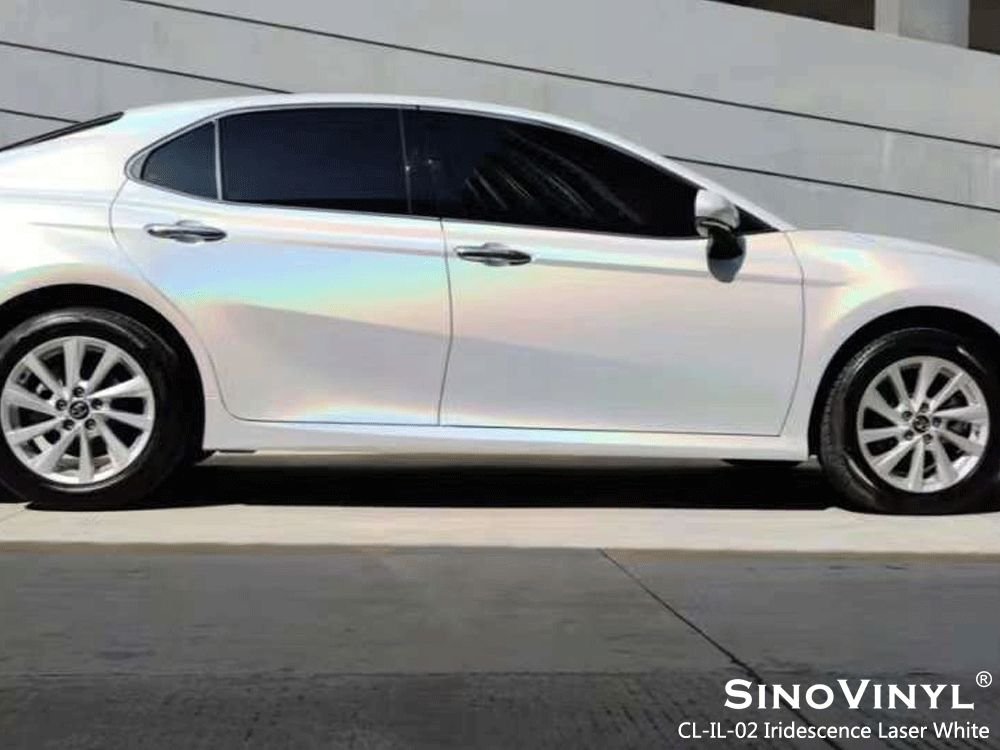



Final Words
In conclusion, car decoration film vinyl offers a thrilling canvas for car enthusiasts to unleash their creativity and express their unique personalities on four wheels. Whether you’re looking to turn heads at car shows or simply want to add a touch of personal flair to your daily commute, vinyl wrapping opens up a world of possibilities. Embrace the history, the trends, and the artistry of car decoration film vinyl, and let your passion drive you to create a ride that truly reflects who you are. Remember to avoid common installation mistakes and take the time to master the process, ensuring a flawless and long-lasting result. So, let your imagination run wild, and transform your beloved vehicle into a captivating masterpiece that proudly proclaims, “This is me!” Show off your passion, express yourself, and embark on a journey where your love for cars meets the captivating world of vinyl decoration. Happy wrapping!



